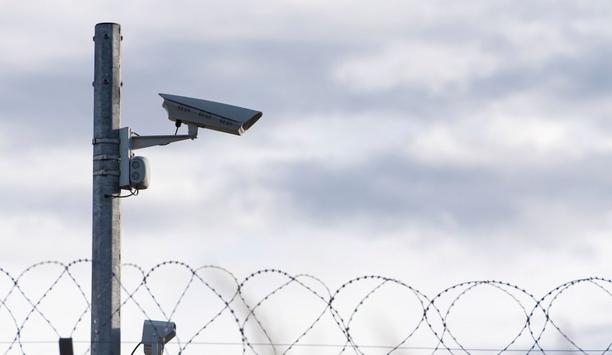 |
| The power supply is the key driving force for access control systems |
Power plays a crucial role in the effective functioning of any access control system and the choice of the right power system to suit specific requirements is important. In this article, Ronnie Pennington, National Accounts Manager of Altronix Corporation explains various ways to determine and meet the power requirements for access control systems.
Usually, an access control system itself acts as the main source of power supply for readers. However, depending upon the need, power requirements differ for various elements of a typical access control system – card readers, biometric readers, turnstiles, etc. Consequently, there is the need for additional external power sources that need to be evaluated and chosen taking into account the specific power requirements.
An installer needs to calculate the total load for the installed access readers as well as their controller modules in order to ensure there is adequate supply of clean and efficient power.
External power supply selection considerations
The criteria for selecting additional power supplies include:
- The type of power supplies for the system infrastructure (PoE or analogue)
- The operating voltage of the access readers (AC or DC)
- The total power requirement of the readers system-wide
- The locations of the power supplies throughout the system
- The number of power supply outputs needed to handle all the devices
- What agency listings are required for compliance
- Requirement of battery back-up specifically for the readers, and whether UPS back-up has been specified for the system
- The cable thickness and length, as voltage drop is always an important consideration
The variety of access control power needs – for systems from one or two doors up to hundreds of doors – requires a variety of power solutions |
In addition to readers and keypads, access control components such as magnetic locks, strikes and request-to-exit devices also have specialised power requirements. The variety of access control power needs – for systems from one or two doors up to hundreds of doors – requires a variety of power solutions. Also, networked IP access control systems often use PoE midspan injectors which ensure adequate power delivery to networked IP system components.
For analogue infrastructure, expandable power systems that are custom-configurable address the specialised needs of access control. For example, some access controllers provide distributed power and are expandable with the addition of field-installable UL listed sub-assemblies. This allows installers to customise units to provide maximum power when and where they need it for their specific access control devices. The sub-assemblies include power distribution modules and access power controllers that allow for a selectable fire alarm disconnect and other features.
 | Ronnie Pennington |



















